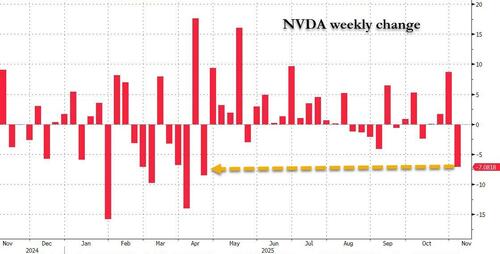Worries about the El Niño — a weather phenomenon typically associated with droughts and water shortages — cannot be ignored. The US National Oceanic and Atmospheric Administration issued an advisory in early June announcing the arrival of El Niño about a month or two earlier than normal. It is expected to gradually strengthen over the next winter months.

Back in India, instead of reaching Kerala on June 1, the monsoon rain hit the coast late. There has been a rapid pick-up in showers over the past week, but overall, rainfall remains below normal thus far across several regions, and this has hurt sowing activity, particularly for rice, for which global prices remain elevated.
The bigger issue to watch out for is a strengthening of El Niño over the next few months, the impact of which could extend beyond the summer crop to the winter crop, which relies to a large extent on monsoon rains replenishing the groundwater and filling up the reservoirs.
One concern associated with El Niño is weak food production leading to high food inflation. Yet, we believe inflation risks throughout the year will remain broadly manageable. There are wide-ranging reasons for this.
One, food stocks have improved. Stockpiles of key food items, which seemed low at the start of the year, have risen to more comfortable levels. After a troubling 2022, the government has been able to procure enough wheat stocks. Overall, wheat and rice stocks seem just about sufficient to meet public distribution requirements. The acute shortage of milk in early 2023 has abated. And, stocks of sugar seem fine for now. However, if monsoon rains are weak, pressure could build up at year-end, and the government may have to limit ethanol production for blending with petrol. Fruits and vegetable prices could rise, but these are typically three-month cycles, and fresh produce comes by soon.
Two, imports have become more feasible. Global prices have fallen for several food items, including pulses, oilseeds, and wheat, making imports more affordable if the need arises. It’s worth noting, though, that global prices of rice and sugar remain elevated.
Three, reservoir levels look adequate. They are well above normal for the country as a whole. This is important. Reservoir levels matter more than monsoon rain in explaining food production and inflation trends because not only do they capture contemporaneous rainfall but also the moisture in the ground from previous showers.
Four, the regional split of reservoir levels is encouraging. The northwest is paramount for the country’s food security. Not only does the region still have above-normal reservoir levels, but it is also benefiting from strong monsoon rainfall. Even if rainfall disappoints over the next few months, this region has good irrigation facilities.
Five, agricultural input costs have fallen from 2022 highs. This should help keep a lid on food prices.
Six, the Engel curve is at play. When incomes are low, the demand for expensive food items (for instance milk and animal proteins) tends to be weak, leading to a fall in their prices. This phenomenon is based on the Engel curve argument, which looks at consumer spending behaviour and acts as a self-correcting mechanism, keeping a lid on certain food prices in drought years when rural incomes are weak.
Seven, the agricultural sector has diversified, arguably making it more resilient. The share of livestock within agriculture has risen while that of crops has fallen. And within crops, the share of fruits, vegetables and pulses has risen gradually.
Eight and most importantly, there is better supply-side food management. Since 2014, the government has taken steps, such as more-efficient open market sales, nimbler import-export bans for deficient food items, and clamping down on hoarders. They have bought down food inflation over the last several years, and even lowered its sensitivity to weak monsoon rainfall. In fact, even though climate change has altered rain patterns, making food prices volatile, annual average food inflation has fallen over the past few years.
All of this bears out econometrically, too. Our regression analysis shows that, not only has improved supply-side management helped engineer disinflation, its importance has risen with time. And while reservoir levels are another important driver of disinflation, their importance has remained unchanged.
With each of these eight factors coming together, we believe inflation will remain manageable. But isn’t manageable inflation, despite rain worries, a scenario that is too good to be true? Something’s got to give. We think rural growth may be an area to monitor carefully.
Because much of the inflation problem is addressed via timely imports instead of higher domestic production, rural incomes are not supported. Real rural wage growth has softened over the last decade.
The good news is there is space within the fiscal finances for increasing rural spending this year, if monsoon rainfall turns out to be weak and hurts agricultural activity and growth. The Reserve Bank of India’s higher-than-budgeted dividend has brought in some extra revenue. The central capex budget of ₹10 lakh crore may be too ambitious, and thus, some funds from there could be used for rural social welfare schemes.
Every El Niño doesn’t necessarily mean a drought in India. And even if monsoon rains are bad, inflation may remain manageable for a variety of reasons. Rural growth may be hurt, but fiscal spending could help there.
Is this too good to be true?
Pranjul Bhandari is chief economist, HSBC and Aayushi Chaudhary, Economist – India, HSBC. The views expressed are personal















